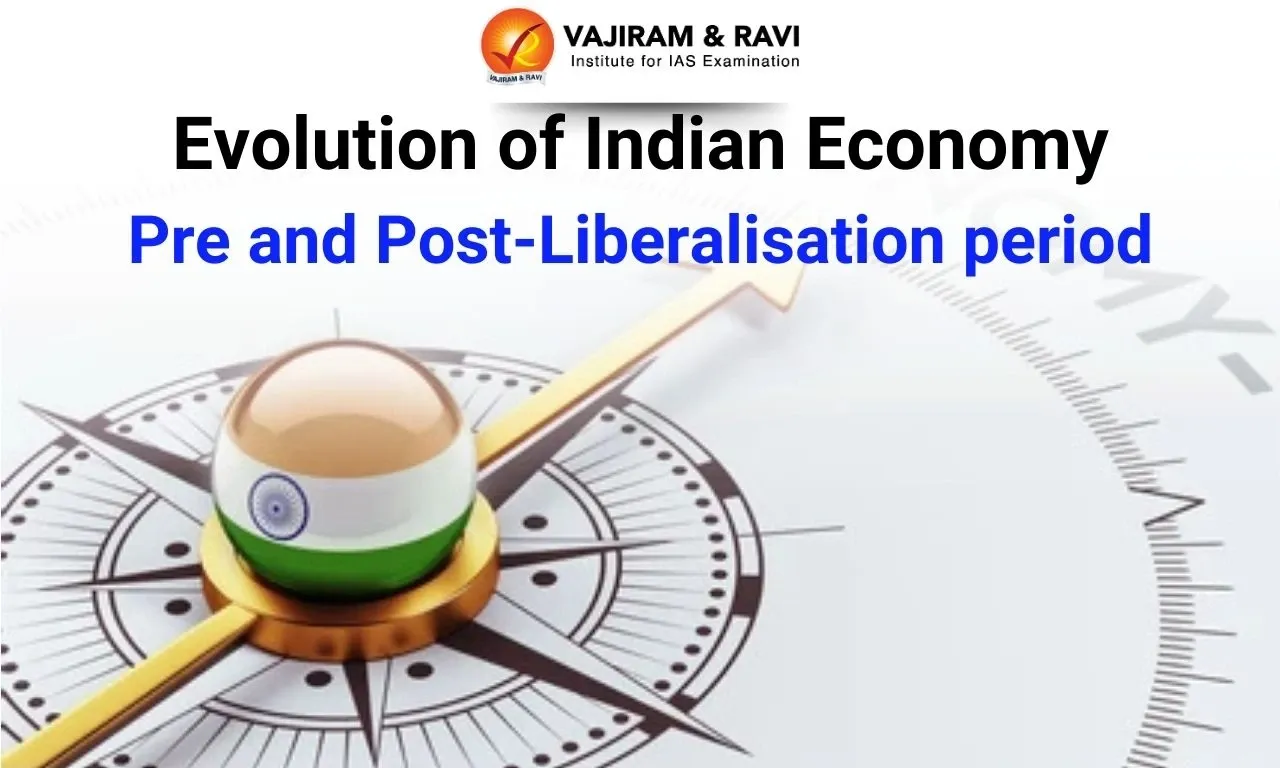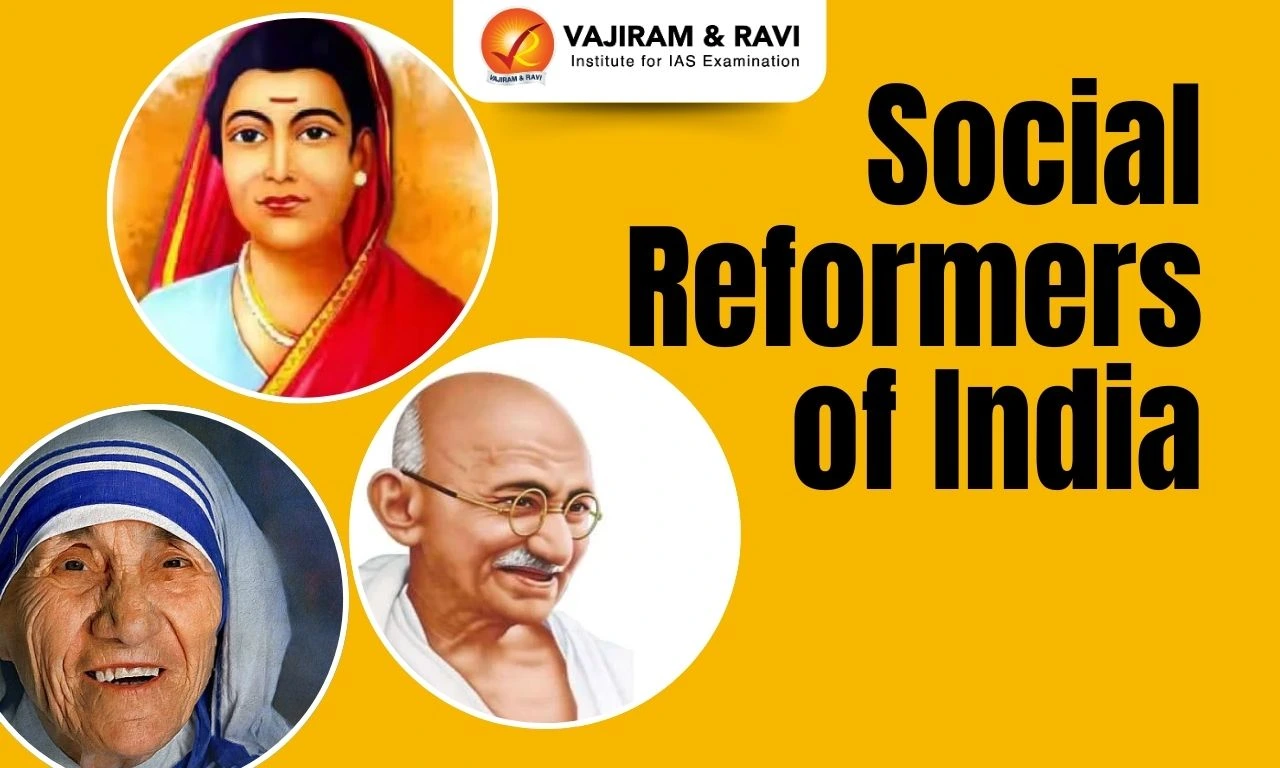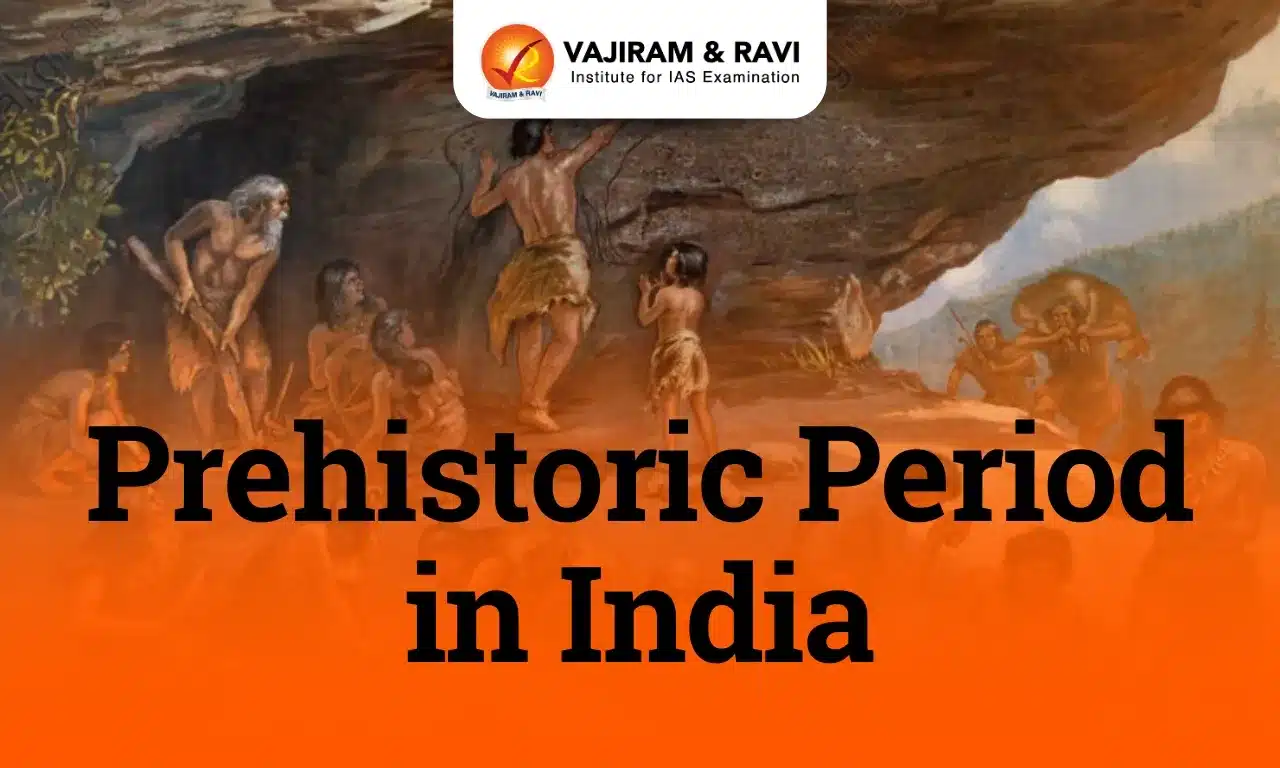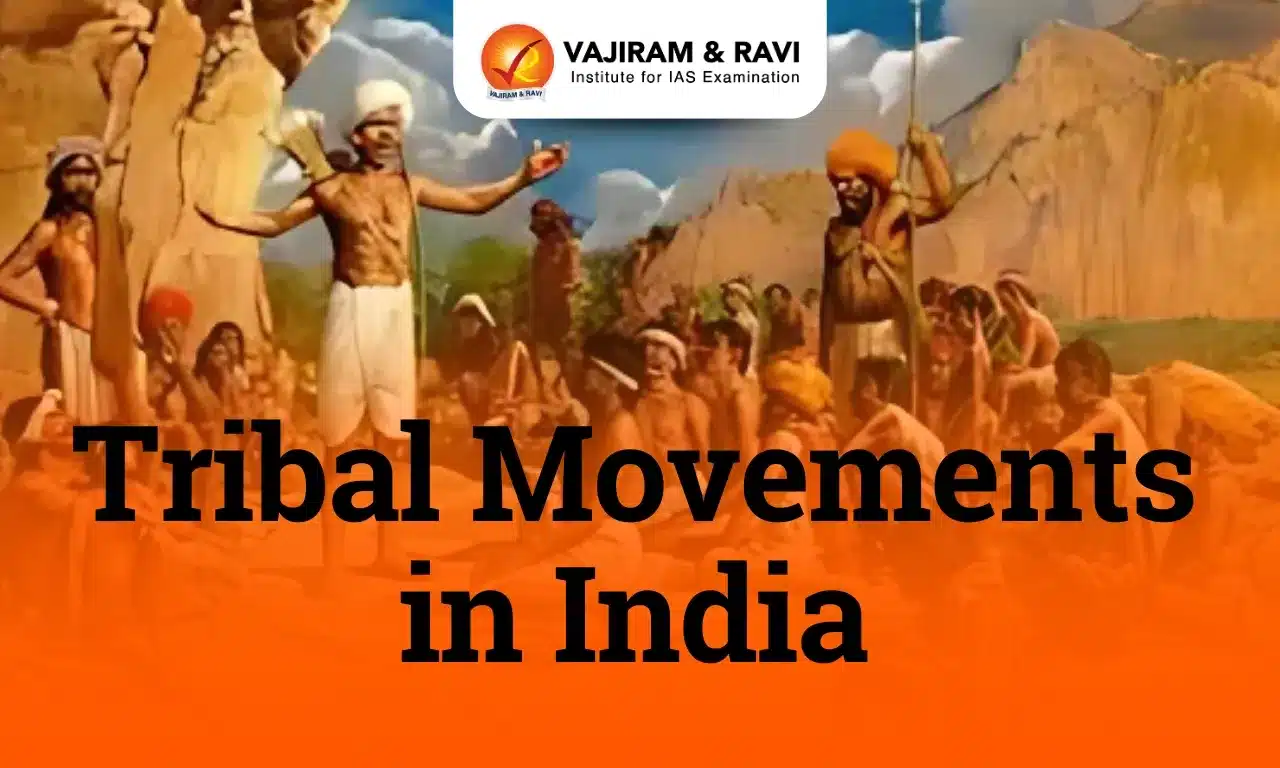On August 15, 1947, India began its journey as a sovereign nation. The task of nation-building now rested in the hands of Indian leaders. Leaders like Nehru sought a balanced economic system, favouring a socialist model allowing private property and democracy. This led to the Industrial Policy Resolution of 1948 and the Directive Principles in the Constitution, advocating a mixed economy. The Planning Commission, established in 1950, marked the start of India’s five-year plans.
Post-liberalisation, the Indian economy has undergone a remarkable transformation, opening to global markets and boosting sectors like IT and services. It has evolved from a colonial, agrarian economy grappling with poverty and low industrial growth to one of the fastest-growing major economies.
State of the Indian Economy at the Time of Independence
When India gained independence in 1947, it inherited an economy that had been shaped by over two centuries of colonial rule under the British East India Company and the British Raj. This legacy had left the Indian economy in a precarious state, marked by structural imbalances, stagnant productivity, and widespread poverty.
- Colonial exploitation: The British viewed India as a source of inexpensive raw materials and a market for their goods. They invested little in India’s infrastructure or industries.
- Economic indicators: In 1950-51, the average income per person in India was a mere Rs. 240, literacy was less than 17%, and high birth and death rates were indicative of poor healthcare and nutrition.
- Agrarian economy: Despite 75% of the population being engaged in agriculture, India was not self-sufficient in food grain production.
- Industrial underdevelopment: Industrial activity was minimal and was primarily concentrated in cities like Calcutta and Bombay.
- Poverty cycle: Low income led to limited savings, which resulted in insufficient investment. This, in turn, led to low production and income, perpetuating a cycle of poverty.
- Lack of infrastructure: Infrastructure for banking, insurance, transport, communications, and power was severely lacking.
- To combat these challenges, India decided to simultaneously develop agriculture, industry, and infrastructure, leading to the launch of the First Five-Year Plan in April 1951.
History of Planning in India
Economic planning in India started after independence in 1950 when it was deemed necessary for the economic growth and development of the nation with socio-economic objectives. To address above mention issues various Plans published before and after independence such as:
- Visvesvaraya Plan (1934): Proposed by M. Visvesvaraya, this plan focused on shifting workers from agriculture to industrial sectors.
- FICCI Proposal (1934): The Federation of Indian Chambers of Commerce and Industry (FICCI) stressed the need for planning and the role of the state in the economy.
- Congress Plan(1938): The National Planning Committee was formed by Subhash Chandra Bose under the chairmanship of Jawaharlal Nehru.
- It aimed to establish an economic plan ensuring a decent standard of living for the public.
- At pre-war prices, the Committee estimated a minimum income of Rs. 15 to Rs. 25 per capita per month.
- Bombay Plan (1944): Proposed by industrialists like Tata and Birla, this plan focused on industrial growth, state intervention in strategic sectors, support for MSMEs, full employment, and reducing income inequality and regional disparities.
- Gandhian Plan (1944): Authored by Sriman Narayan Agarwal, focusing on small-scale production and agriculture in line with Gandhian economic principles.
- The plan highlighted economic decentralisation through self-sufficient villages and cottage industries.
- The People’s Plan (1945): Drafted by M.N. Roy, this plan aimed to meet the immediate basic needs of the Indian people within a 10-year timeframe.
Pre-Liberalisation Period (1947-1991)
During this period, the Indian government pursued a state-led, inward-looking economic model with a high degree of state intervention, extensive regulation, and a focus on import-substitution industrialisation.
- Planned economic model: India adopted this model to achieve balanced growth and reduce poverty. This approach involved systematic planning and allocation of resources to various sectors of the economy.
- Five-Year Plans: These plans played a crucial role in shaping India’s economic policies. They focused on developing both the private and public sectors, aiming to create a strong foundation for industrialisation.
- Each plan spanned five years and outlined specific goals for economic and social development.
- Mahalanobis model and Self-reliance: The model emphasised the establishment of basic and capital goods industries. The goal was to build a self-reliant economy, reducing dependence on imports and promoting domestic production.
- Green Revolution and Agricultural Reforms: The Green Revolution, started in 1968, transformed Indian agriculture. It involved the use of High-Yielding Variety seeds, irrigation facilities, and pesticides and fertilizers.
- The Green Revolution made India self-sufficient in food grains. It saw a 70% increase in farmers’ incomes and benefited agricultural sectors, mainly in Punjab, Haryana, and Uttar Pradesh.
- New Industrial Policies:
- Industrial Policy Resolution (IPR) 1948: It established India as a mixed economy where both the public and private sectors could coexist, with industries classified into four categories.
- Industrial Policy Resolution (IPR) 1956: Also known as the ‘Economic Constitution of India’, it classified industries into three sectors (public, mixed, and private), emphasising the development of heavy industries and the expansion of the public sector.
- Industrial Policy 1977: This policy extended the 1956 policy, prioritised small-scale industries, aimed at wealth distribution and job creation, introduced a “core sector” for strategic industries such as defence, atomic energy, and rail transport and promoted decentralisation.
- Industrial Policy of 1980: It aimed to promote economic federation, increase the efficiency of the public sector, and reverse the trend of industrial production of the past years.
- The above development can be categorised into the following phases:
| Phase | Key Developments |
| Phase I: 1951 – 1969 | – India adopted a state-led development approach.
– The government mobilised resources toward industry and core sectors. However, social sectors like health and education received delayed funding due to the focus on industrialisation. – Wars and other events occasionally disrupted resource allocation. |
| Phase II: 1970 – 1973 | – Private capital began to emerge.
– The government formed joint ventures with the private sector.
|
| Phase III: 1974 – 1990 | – The government partially opened up the economy to foreign investment.
– Foreign capital was allowed in sectors open to private enterprises but with restrictions. – Only “technology transfer” was allowed as a mode of investment, and there was a cap on the total value. – Direct or indirect foreign investment (such as FDI/FII) was barred. – Even foreign investment in sectors controlled by the government was restricted. – This phase had its challenges, and the South Asian economies that opened up more broadly for investment flourished, earning the nickname “Asian tigers.” – India’s experience was unique due to its democratic setup and the need to balance various interests. – The subsequent phases continued to shape India’s economic trajectory. |
Post-Liberalisation Period (1991 onwards)
In the late 1980s and early 1990s, India grappled with economic challenges such as high debt, inflation, slow GDP growth, and a Balance of Payment (BOP) crisis. To address these issues, the Indian government introduced the New Industrial Policy of 1991, commonly known as the LPG reforms. The key components of this policy were:
| Liberalisation (L) | – The government reduced its control over businesses.
– Industrial licensing requirements were abolished for most industries, allowing entrepreneurs to start or close firms without government permission. – The Monopolies and Restrictive Trade Practices (MRTP)Act was replaced by the Competition Act 2002 to promote healthy competition and industry expansion. |
| Privatisation (P) | – The private sector’s role was enhanced.
– Industries previously reserved for the government were opened up to private enterprises. – This led to better management, efficient resource utilisation, and increased competitiveness. |
| Globalisation (G) | – India’s economy was integrated with the world economy.
– Barriers to the export and import of goods and services were removed. – Indian firms gained access to global markets, but foreign corporations could also compete in previously protected Indian markets. |
- The primary objectives of these reforms were to create a favourable business environment, attract foreign investment, privatise public sector enterprises, deregulate interest rates, reduce tariff and non-tariff barriers on imports, and devalue the Indian rupee.
These changes aimed to empower market forces and enhance overall efficiency, marking a significant departure from the earlier License Raj system.
India’s Economic Reforms: A Decade of Transformation (2014-24)
From 2014 to 2024, India underwent substantial economic reforms, transitioning from a fragile to a robust economy through a series of policy decisions, reforms, and initiatives. Key reforms implemented during this period include:
- Financial sector reforms: The government focused on restoring the financial sector, easing business conditions, and augmenting physical and digital infrastructure.
- This included recapitalisation and merger of Public Sector Banks, amendment of the SARFAESI Act 2002, and enacting the Insolvency and Bankruptcy Code 2016 (IBC).
- Regulatory framework simplification: Regulatory frameworks were simplified, including the enactment of the Real Estate (Regulation and Development) Act 2016.
- Taxation Reforms: The taxation ecosystem underwent substantial changes, including the adoption of a unified Goods and Services Tax (GST), reducing corporate and income tax rates, and removing the Dividend Distribution tax.
- Private sector engagement: The government transitioned to engage the private sector as a co-partner in development.
- This included reviving the disinvestment policy, introducing a New Public Sector Enterprise (PSE) Policy, and liberalising the FDI policy.
- MSME sector reforms: Progressive reforms were introduced for the Micro, Small, and Medium Enterprises (MSME) sector, including the Emergency Credit Line Guarantee Scheme (ECLGS) and the introduction of the Trade Receivables electronic Discounting System (TReDS).
- Infrastructure development: Large-scale public spending was made to address infrastructure and logistics barriers.
- This included programs for road connectivity (Bharatmala), port infrastructure (Sagarmala), electrification, railways upgradation, and new airports/ air routes (UDAN).
- Digitalisation reforms: Through digitalisation reforms, technology, and digital platforms have been instrumental in creating digital identities, enhancing financial access, and accelerating economic growth in India.
Last updated on June, 2025
→ UPSC Notification 2025 was released on 22nd January 2025.
→ UPSC Prelims Result 2025 is out now for the CSE held on 25 May 2025.
→ UPSC Prelims Question Paper 2025 and Unofficial Prelims Answer Key 2025 are available now.
→ UPSC Calendar 2026 is released on 15th May, 2025.
→ The UPSC Vacancy 2025 were released 1129, out of which 979 were for UPSC CSE and remaining 150 are for UPSC IFoS.
→ UPSC Mains 2025 will be conducted on 22nd August 2025.
→ UPSC Prelims 2026 will be conducted on 24th May, 2026 & UPSC Mains 2026 will be conducted on 21st August 2026.
→ The UPSC Selection Process is of 3 stages-Prelims, Mains and Interview.
→ UPSC Result 2024 is released with latest UPSC Marksheet 2024. Check Now!
→ UPSC Toppers List 2024 is released now. Shakti Dubey is UPSC AIR 1 2024 Topper.
→ Also check Best IAS Coaching in Delhi
Evolution of the Indian Economy FAQs
Q1. What were the major phases in the evolution of the Indian economy?+
Q2. What were the key features of the Indian economy during the ancient and medieval period?+
Q3. How did the colonial period impact the Indian economy?+
Q4. What were the major challenges faced by the Indian economy after independence?+























